Home>Garden Essentials>How Long Does It Take Tall Fescue To Germinate
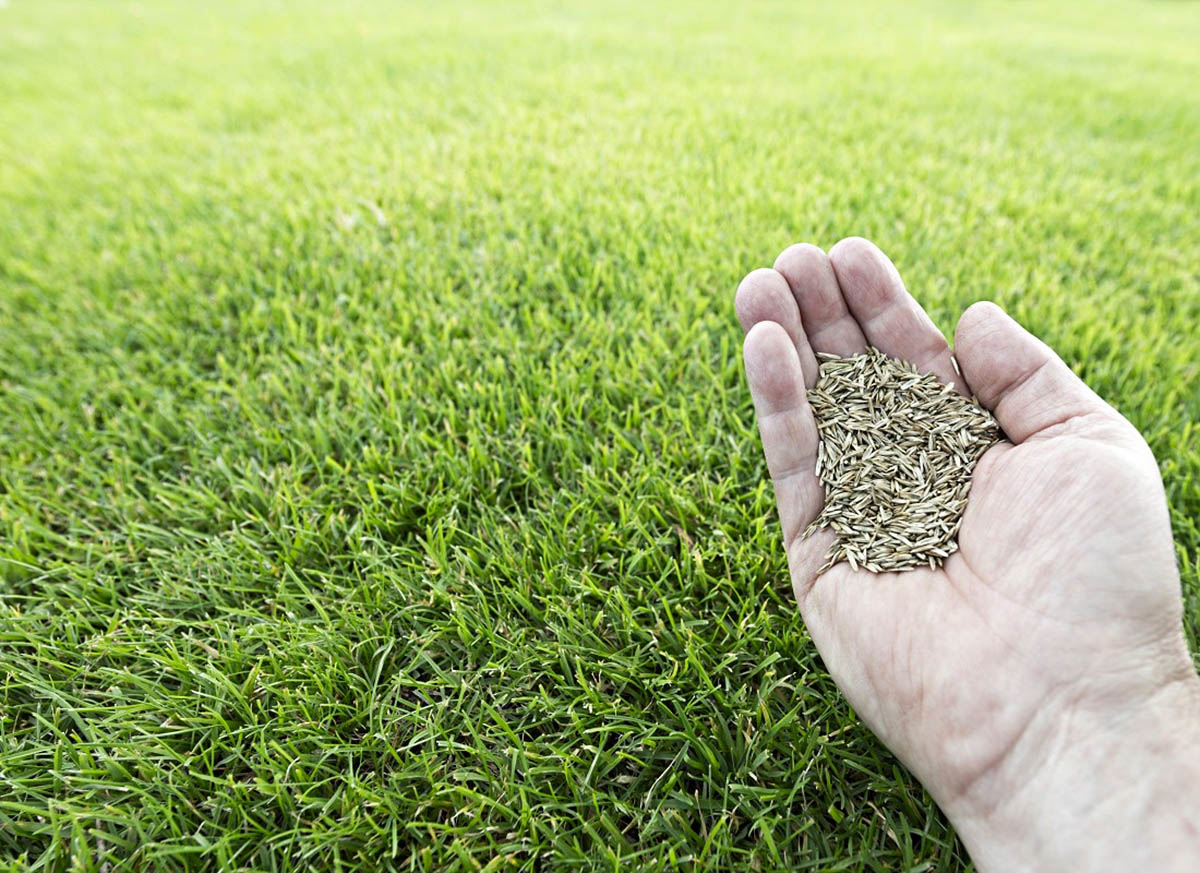

Garden Essentials
How Long Does It Take Tall Fescue To Germinate
Modified: March 27, 2024
Discover how long it takes tall fescue to germinate in your garden. Get expert advice on nurturing your lawn with proper watering and care.
(Many of the links in this article redirect to a specific reviewed product. Your purchase of these products through affiliate links helps to generate commission for Storables.com, at no extra cost. Learn more)
Introduction
Welcome to the world of gardening! Whether you’re a seasoned green thumb or just starting out, understanding the germination process of different plants is key to successful gardening. In this article, we will explore the germination timeline of tall fescue, a popular cool-season grass often used in lawns and pastures.
Tall fescue (Festuca arundinacea) is a cool-season grass species that thrives in a variety of climates and soil conditions. Its ability to withstand drought, tolerate shade, and resist pests makes it a popular choice for homeowners and landscapers. However, like all plants, tall fescue begins its life cycle with the process of germination.
Germination is the process by which a seed develops into a new plant. It involves the activation of the seed, followed by the emergence of the embryonic root, stem, and leaves. For tall fescue, germination marks the beginning of its growth and development into a lush and vibrant grass.
Understanding the factors that influence the germination process and the optimal conditions for tall fescue germination can greatly enhance the success of your lawn or pasture. Additionally, troubleshooting slow germination can help you address any issues and promote healthy growth.
So, how long does it take tall fescue to germinate? Let’s dive into the details of the germination process and explore the timeline for tall fescue seed to transform into a thriving plant.
Key Takeaways:
- Tall fescue grass typically takes 7 to 14 days to germinate under ideal conditions. Factors like temperature, moisture, soil quality, and seed viability can influence the germination process.
- To promote tall fescue germination, ensure proper soil preparation, correct seeding depth, consistent moisture, and protection. Troubleshoot slow germination by addressing issues like insufficient moisture and poor seed quality.
What is Tall Fescue?
Tall fescue (Festuca arundinacea) is a type of cool-season grass that is commonly found in lawns, pastures, and athletic fields. It is known for its ability to withstand a wide range of climates and soil conditions, making it a popular choice for homeowners and landscapers.
Unlike warm-season grasses that thrive in hot summer temperatures, tall fescue excels in cooler climates. It is best suited for regions with moderate temperatures, such as the northern and transition zones of the United States. In these areas, tall fescue remains green and actively grows throughout the year, even during the cooler seasons.
One of the key characteristics of tall fescue is its deep root system, which enables it to access water and nutrients from deep within the soil. This not only helps the grass withstand drought conditions but also provides it with a higher level of resilience. Tall fescue is known for its ability to bounce back quickly after periods of stress or heavy use.
In addition to its resilience, tall fescue is also known for its shade tolerance. This makes it a popular choice for areas with trees or buildings that cast shade on the lawn. Unlike other grass species that struggle in low light conditions, tall fescue can maintain its vigor and density, even with limited sunlight.
Tall fescue is widely used for both residential and commercial applications. In lawns, it provides a lush and vibrant green carpet, creating an inviting and beautiful outdoor space. In pastures, it serves as a nutritious forage option for livestock, offering high-quality grazing for cows, horses, and other grazing animals.
Overall, tall fescue is a versatile and adaptable grass species. Its ability to thrive in various climates, resist drought and shade, and provide reliable performance makes it a top choice for many gardeners and landscapers.
Germination Process
The germination process is a crucial stage in the life cycle of tall fescue grass. It begins with a seed and ends with the emergence of a new plant. Understanding the steps involved in germination can help you provide the optimal conditions to promote successful growth.
1. Water Absorption: When the tall fescue seed comes into contact with moisture, it absorbs water through its seed coat. This triggers biochemical changes within the seed, signaling the start of germination.
2. Activation of Enzymes: As water is absorbed, enzymes within the seed are activated. These enzymes break down complex molecules within the seed into simpler forms that can be used by the emerging plant for growth and development.
3. Radical Emergence: The first visible sign of germination is the emergence of the radical, which is the embryonic root. The radical pushes out of the seed coat and begins to grow downwards into the soil, anchoring the plant and absorbing water and nutrients.
4. Shoot Emergence: Once the radical is established in the soil, the shoot begins to emerge above the ground. This is the first sign of the plant’s above-ground growth and includes the stem and the emerging leaves.
5. Leaf Expansion: As the shoot grows, the leaves unfold and expand, increasing the surface area for photosynthesis. Photosynthesis is the process by which plants convert sunlight into energy, fueling their growth and development.
6. Establishment of Root System: Alongside shoot development, the root system of the tall fescue plant grows and establishes. The roots continue to elongate and branch, absorbing water and nutrients from the soil to support the plant’s growth.
7. Vegetative Growth: With a well-established root system and leaf expansion, the tall fescue plant enters into a phase of rapid vegetative growth. During this stage, the plant focuses on developing a dense and healthy canopy of foliage.
8. Maturity and Reproduction: As the tall fescue plant continues to grow and mature, it eventually reaches the stage where it produces seed heads. These seed heads contain the next generation of tall fescue seeds, completing the life cycle of the plant.
The germination process for tall fescue typically takes about 7 to 14 days under ideal conditions. However, it is important to note that germination time can vary depending on various factors, including temperature, moisture, soil conditions, and seed quality.
By providing optimal conditions and understanding the germination process, you can ensure that your tall fescue seeds have the best chance of successfully germinating and establishing into healthy and vibrant grass.
Factors Affecting Germination Time
The germination time of tall fescue grass can vary due to several factors. Understanding these factors can help you anticipate and manage the germination process effectively. Here are some key factors that can influence the germination time of tall fescue:
1. Temperature: Temperature plays a crucial role in the germination of tall fescue seeds. Cool-season grasses like tall fescue have an optimal germination temperature range of 60°F to 75°F (15°C to 24°C). When the soil temperature falls within this range, it provides ideal conditions for the seeds to germinate. Cooler temperatures can delay germination, while excessively high temperatures can inhibit germination.
2. Moisture: Adequate moisture is essential for germination to occur. Without sufficient moisture, the tall fescue seeds may remain dormant and fail to sprout. The soil should be consistently moist but not waterlogged during the germination period. It is important to provide enough water to keep the soil damp but avoid overwatering, which can lead to rotting of the seeds.
3. Soil Conditions: The quality and condition of the soil can impact germination time. Well-drained soil with good organic matter content and proper pH levels (around 6.0 to 7.5) can promote faster and healthier germination. Compacted soil, heavy clay, or poor drainage can hinder germination and slow down the emergence of tall fescue seedlings.
4. Seed Quality: The quality of the tall fescue seeds themselves can affect germination time. It is essential to use fresh and high-quality seeds obtained from a reputable source. Older or low-quality seeds may have lower viability, leading to slower or insufficient germination.
5. Seed Depth: The depth at which the seeds are sown can impact germination time. Tall fescue seeds should be sown at a depth of about 1/8 to 1/4 inch (3 to 6 mm) into the soil. Planting the seeds too deep or too shallow can influence the amount of moisture and warmth they receive, consequently affecting germination time.
6. Light Conditions: While some seeds require light to germinate, tall fescue is not light-sensitive and can germinate in both light and dark conditions. However, a thin layer of soil or mulch can help protect the seeds and retain moisture, allowing for optimal germination.
7. Seed Dormancy: Some tall fescue seeds may exhibit dormancy, which means they may require specific conditions, such as exposure to cold temperatures or scarification (breaking the seed coat) before they can germinate. Understanding the dormancy characteristics of your tall fescue seeds can help you employ appropriate techniques to break dormancy and expedite germination.
It is important to note that while these factors can influence germination time, they are not absolute determinants. The germination process is a complex interaction of multiple factors, and variations can occur depending on specific conditions. Providing optimal conditions for temperature, moisture, soil quality, and seed viability can help promote faster and more uniform germination of tall fescue grass.
Optimal Conditions for Tall Fescue Germination
To ensure successful germination of tall fescue grass, it is crucial to create the optimal conditions for growth. By providing the right environment, you can significantly increase the chances of your seeds sprouting and establishing healthy seedlings. Here are the key conditions to consider for optimal tall fescue germination:
1. Temperature: Tall fescue is a cool-season grass and germinates best when the soil temperature ranges between 60°F to 75°F (15°C to 24°C). This temperature range provides the ideal conditions for seed activation and growth. If the soil temperature falls below or exceeds the optimal range, germination may be delayed or inhibited.
2. Moisture: Adequate moisture is essential for tall fescue seeds to germinate. The soil should be consistently moist but not waterlogged during the germination period. You can achieve this by watering the area lightly and frequently to keep the top layer of soil damp. Avoid overwatering, as excessive moisture can lead to rotting of the seeds.
3. Soil Preparation: Prepare the soil before sowing the tall fescue seeds by removing any debris, rocks, or weeds. Loosen the soil to a depth of about 4 to 6 inches (10 to 15 cm) using a garden fork or tiller to ensure good root penetration. Incorporating organic matter, such as compost, into the soil can improve its fertility and water-holding capacity.
4. Seedbed Preparation: Create a smooth and level seedbed to facilitate even seed distribution and germination. Rake the soil lightly to break up clumps and remove any large particles. This will ensure good seed-to-soil contact, allowing the seeds to absorb moisture and nutrients for germination.
5. Seeding Rate: Follow the recommended seeding rate for tall fescue, which is typically 5 to 10 pounds (2 to 4.5 kg) of seeds per 1,000 square feet (93 square meters). Using the correct amount of seeds will help achieve optimum seed-to-soil contact and promote uniform germination.
6. Seed Depth: Plant the tall fescue seeds at a depth of about 1/8 to 1/4 inch (3 to 6 mm) into the soil. Planting the seeds too deep or too shallow can affect their ability to sprout and emerge from the soil. If the seeds are buried too deeply, they may struggle to reach the surface, while planting them too shallowly may expose them to drying out or being washed away.
7. Light Conditions: Although tall fescue does not require light for germination, a thin layer of soil or mulch can help protect the seeds from excessive sunlight, retain moisture, and provide a stable environment for germination. Lightly cover the seeds with a thin layer of soil or apply a light layer of straw mulch.
By providing the optimal conditions of temperature, moisture, soil preparation, and seed placement, you can create an ideal environment for tall fescue germination. Remember to monitor the soil moisture regularly and make adjustments as needed to ensure consistent moisture levels. With patience and proper care, you will soon see the emergence of healthy and vibrant tall fescue seedlings, setting the stage for a beautiful and durable lawn or pasture.
Tall fescue typically takes 7-14 days to germinate, but this can vary based on factors like temperature and moisture. Keep the soil consistently moist for best results.
Read more: How Long Does It Take Fescue To Germinate
Typical Germination Timeline
The germination timeline of tall fescue grass can vary based on several factors, including temperature, moisture, seed quality, and soil conditions. However, under optimal conditions, you can expect to see the following stages of germination:
1. Days 1-3: Seed Activation and Imbibition – During the first few days after sowing, the tall fescue seeds absorb water and swell, activating the biochemical processes necessary for germination. The seeds become hydrated and prepare for the emergence of the roots.
2. Days 4-7: Radical Emergence – Around the fourth day, the radical, which is the embryonic root, begins to emerge from the seed coat and grows downward into the soil. This is the first visible sign of germination and an indication that the seed is successfully developing into a new plant.
3. Days 7-10: Shoot Emergence – Following root development, the shoot starts to emerge above the ground. The stem elongates, and the first leaves begin to unfold. At this stage, the tall fescue seedling starts to establish itself and undergo above-ground growth.
4. Days 10-14: Leaf Expansion – The leaves of the tall fescue seedling continue to expand and unfurl, increasing their surface area. This enables the plant to absorb sunlight and carry out the process of photosynthesis, thereby providing the energy needed for further growth.
5. Days 14-21: Root Development – The root system of the tall fescue seedling continues to expand and develop. The roots grow deeper into the soil, improving the plant’s ability to access water and nutrients. A well-established root system contributes to the overall health and vigor of the growing grass.
6. Days 21-28: Vegetative Growth – By this stage, the tall fescue seedling undergoes rapid vegetative growth, resulting in the development of a dense and lush canopy of foliage. The plant continues to grow in size and fill in the surrounding space, providing a thicker and more uniform grass cover.
It’s important to note that the germination timeline provided above is a general guideline. Actual timing may vary depending on factors such as temperature, moisture availability, seed quality, and soil conditions. While some seeds may germinate more quickly, others may take slightly longer.
Throughout the germination process, it’s vital to provide consistent moisture, maintain optimal temperature conditions, and monitor the development of the seedlings. Patience is key, as establishing a healthy and vibrant tall fescue lawn or pasture requires time and proper care.
By understanding the typical germination timeline of tall fescue and providing the necessary conditions and care, you can ensure the successful establishment of your grass and enjoy a beautiful and resilient lawn or pasture for years to come.
Tips for Promoting Germination
Promoting germination is crucial for the successful establishment of tall fescue grass. By following these tips, you can create an optimal environment that encourages the germination process and sets the stage for healthy growth:
1. Prepare the Soil: Before sowing tall fescue seeds, ensure that the soil is well-prepared. Remove any weeds, rocks, and debris from the area. Loosen the soil with a garden fork or tiller to a depth of about 4 to 6 inches (10 to 15 cm). This loosening allows for better root penetration and promotes good seed-to-soil contact.
2. Test Soil pH: Conduct a soil pH test to determine the acidity or alkalinity level. The optimal pH range for tall fescue is typically between 6.0 and 7.5. Adjust the soil pH, if needed, by adding lime or sulfur to create an environment that is favorable for seed germination.
3. Sow at the Right Time: Choose the appropriate time to sow tall fescue seeds based on your climate and season. For cool-season grasses like tall fescue, the ideal time for seeding is in early fall or spring when the soil temperatures are favorable for germination. Avoid seeding during extreme heat or cold periods.
4. Use High-Quality Seeds: Investing in high-quality tall fescue seeds is essential for promoting germination. Make sure to purchase fresh seeds from a reputable supplier. Quality seeds have a higher germination rate and are more likely to produce healthy and vigorous seedlings.
5. Correct Seeding Depth: Proper seed placement is crucial for successful germination. Sow the tall fescue seeds at a depth of about 1/8 to 1/4 inch (3 to 6 mm) into the soil. Planting the seeds too deep or too shallow can hinder germination. Follow the recommended seeding rate to ensure even distribution of seeds.
6. Water Adequately: Keep the soil consistently moist throughout the germination period. Lightly water the area after seeding to help settle the seeds into the soil. Water regularly, as needed, to ensure the top layer of soil remains damp. Avoid overwatering, as excessive moisture can lead to seed rot or fungal diseases.
7. Monitor and Protect: Regularly monitor the germination progress by observing the appearance of seedlings. Protect the seeded area from heavy foot traffic or disturbances that can disrupt the germination process. Avoid mowing until the seedlings have developed a strong root system and are about 3 inches (7.5 cm) tall.
8. Provide Sunlight and Shade: Tall fescue performs best in areas with partial shade or filtered sunlight. While the seeds do not require light to germinate, providing a thin layer of soil or mulch can protect the seeds from excessive sunlight, which can dry them out. Once the seedlings emerge, gradually reduce the shade to encourage stronger growth.
By implementing these tips, you can promote the germination of tall fescue seeds and set the stage for a healthy and thriving lawn. Remember to provide the optimal conditions of soil preparation, proper seed depth, adequate moisture, and protection to ensure successful germination and establishment of your tall fescue grass.
Troubleshooting Slow Germination
Sometimes, despite your best efforts, you may encounter slow germination when growing tall fescue grass. Several factors could be contributing to this issue, but there are steps you can take to troubleshoot and promote better germination. Here are some common problems and their corresponding solutions:
1. Insufficient Moisture: Inadequate moisture can significantly slow down germination. Ensure that the seedbed remains consistently moist, but not waterlogged, during the germination period. Water the area lightly and frequently, especially in drier conditions or periods of low rainfall, to maintain optimal moisture levels.
2. Incorrect Seeding Depth: If you find that germination is sluggish, check the seed depth. Planting the seeds too deep can make it difficult for the emerging seedlings to reach the surface. Conversely, shallow planting may expose the seeds to drying out. Adjust the depth at which the seeds are sown to ensure proper seed-to-soil contact.
3. Poor Soil Conditions: Soil quality plays a crucial role in germination. Compacted soil or heavy clay can hinder the penetration of roots and slow down germination. Incorporate organic matter, such as compost, into the soil to improve its structure and water drainage properties. This will create a more favorable environment for seed germination.
4. Low Soil Temperature: Germination can be slow if the soil temperature is too low. Tall fescue prefers soil temperatures between 60°F to 75°F (15°C to 24°C) for optimal germination. If the temperature is consistently below this range, consider using a germination blanket or covering the seeded area with clear plastic to trap heat and raise the soil temperature.
5. Poor Seed Quality: Low-quality or old seeds may have reduced viability and take longer to germinate. Ensure that you are using fresh and high-quality tall fescue seeds from a reputable supplier. Check the seed packaging for the germination rate and seed viability information to ensure you are working with viable seeds.
6. Coating or Mulch Interference: If you have coated seeds or have applied a thick layer of mulch, it may impede seedling emergence. Coatings or excessive mulch can create a barrier that restricts seed contact with the soil and necessary moisture. Remove or thin out any coatings or mulch to improve germination.
7. Disease or Pest Pressure: Certain diseases or pests can affect seed germination and slow down the process. Assess the seeded area for signs of disease or pest damage, such as fungal growth or insect activity. Treat any issues promptly with the appropriate fungicides or pesticides.
8. Incorrect Timing: Germination may be delayed if the seeds were sown at the wrong time or during unfavorable environmental conditions. Ensure that you sow the tall fescue seeds during the recommended time for your region and climate. Avoid seeding during periods of extreme heat or cold as these conditions can hinder germination.
By troubleshooting these potential issues and taking appropriate action, you can promote better germination and improve the overall success of establishing your tall fescue grass. Patience and consistent care are key when troubleshooting slow germination, and with diligence, you will soon see healthy seedlings emerge and flourish.
Conclusion
Understanding the germination process and promoting optimal conditions for tall fescue grass is essential for successful lawn or pasture establishment. By providing the right environment, including proper moisture, temperature, soil quality, and seed placement, you can encourage the seeds to sprout and develop into healthy and vibrant plants.
We started by introducing tall fescue, a versatile cool-season grass known for its resilience and adaptability. We explored the stages of the germination process, from water absorption to shoot emergence and leaf expansion. Throughout this process, factors such as temperature, moisture, soil conditions, seed quality, and light impact the germination timeline.
To promote germination, we provided tips and best practices to help you create the optimal conditions for tall fescue. This includes soil and seedbed preparation, correct seeding depth, adequate moisture, monitoring, and protection. Additionally, we offered troubleshooting advice for slow germination, addressing issues such as insufficient moisture, incorrect seeding depth, poor soil conditions, low soil temperature, poor seed quality, coating or mulch interference, disease or pest pressure, and timing.
In conclusion, successful germination of tall fescue grass requires attention to detail and providing the ideal conditions for growth. Promoting germination through proper soil preparation, appropriate seed placement, consistent moisture, and protection will lead to stronger seedlings and a healthy, lush lawn or pasture.
Remember that gardening is a journey, and each seed you sow is an opportunity for growth and learning. Be patient and persistent, adjusting your approach as needed to achieve the desired results. As your tall fescue seeds germinate and develop into a beautiful green carpet, you will be rewarded with a visually appealing and resilient space to enjoy.
So, grab your gardening tools, implement the tips shared in this article, and watch as your tall fescue grass flourishes, bringing life and beauty to your outdoor environment. Happy gardening!
Frequently Asked Questions about How Long Does It Take Tall Fescue To Germinate
Was this page helpful?
At Storables.com, we guarantee accurate and reliable information. Our content, validated by Expert Board Contributors, is crafted following stringent Editorial Policies. We're committed to providing you with well-researched, expert-backed insights for all your informational needs.
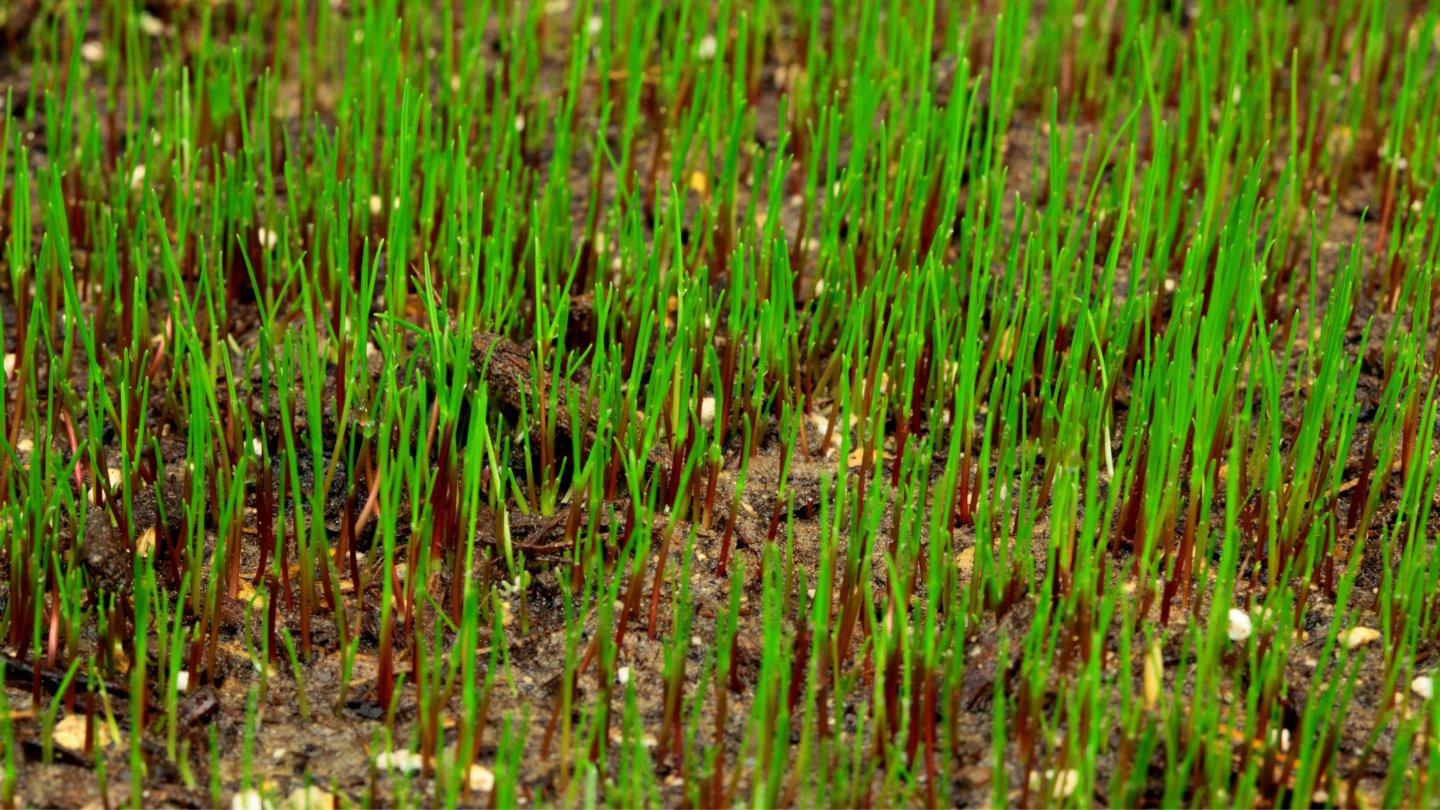
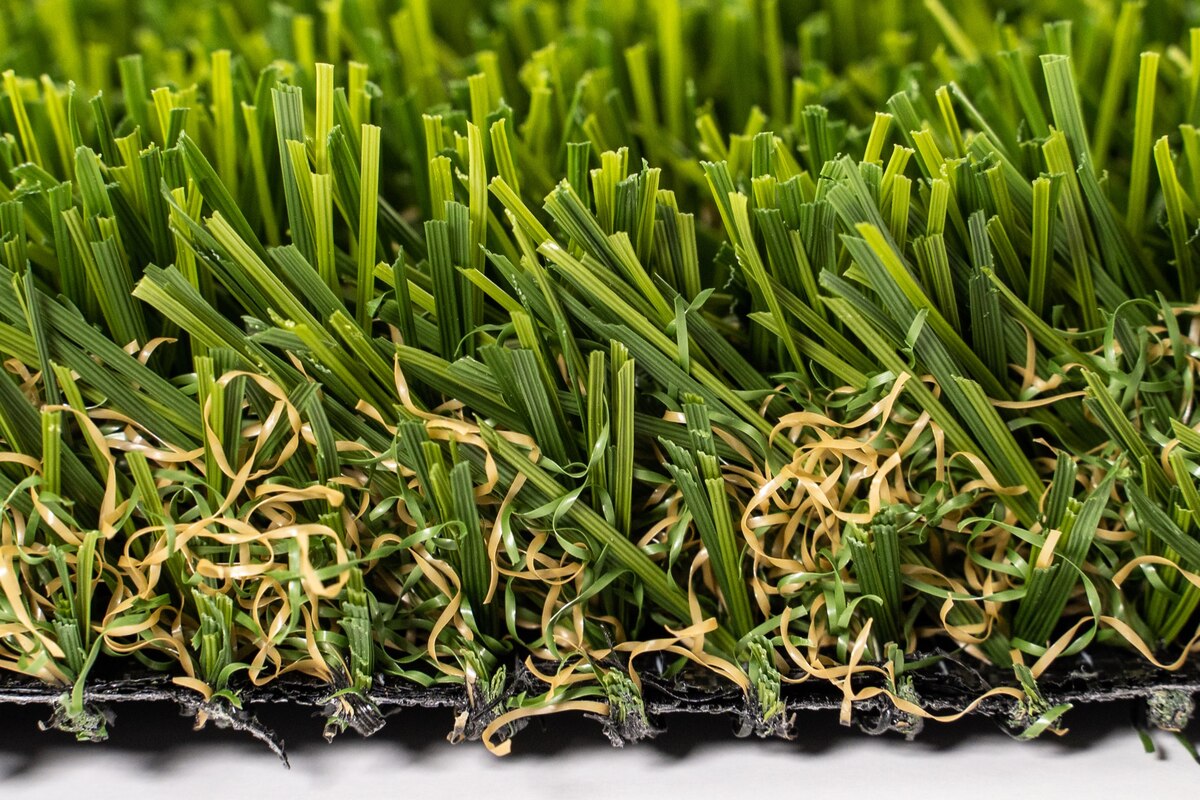
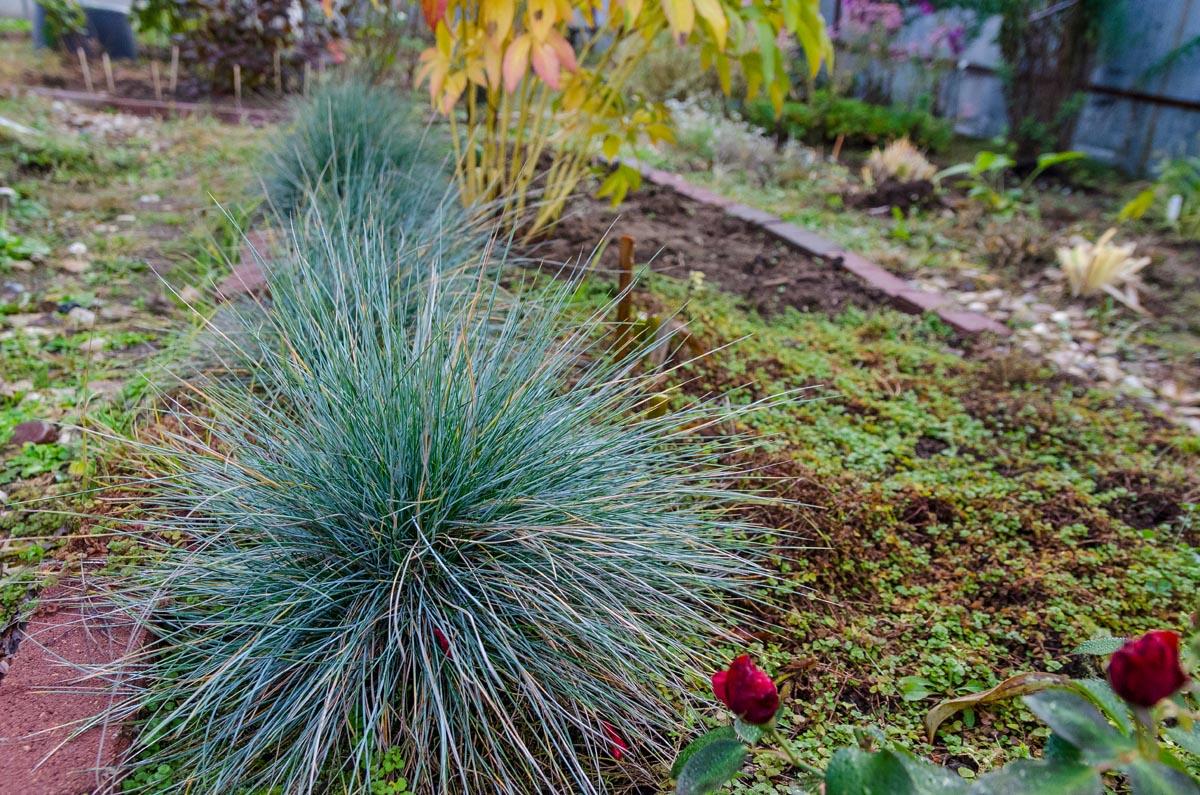







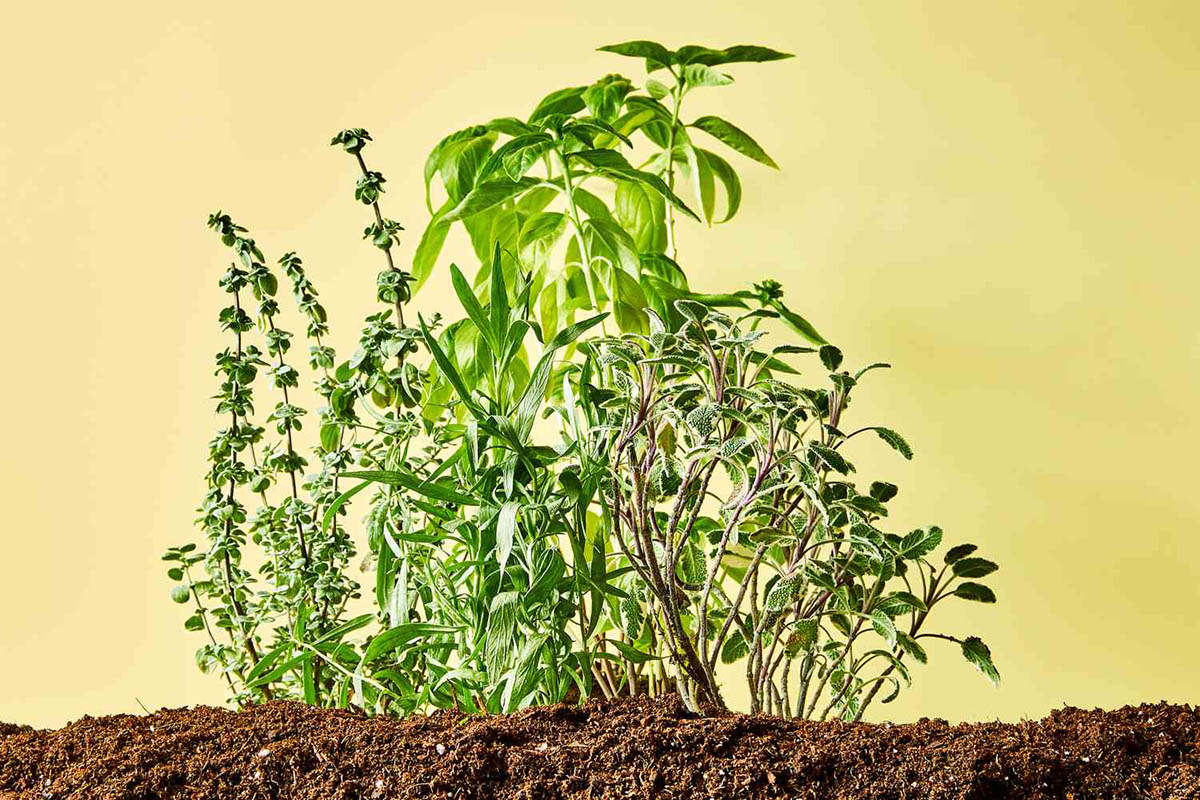
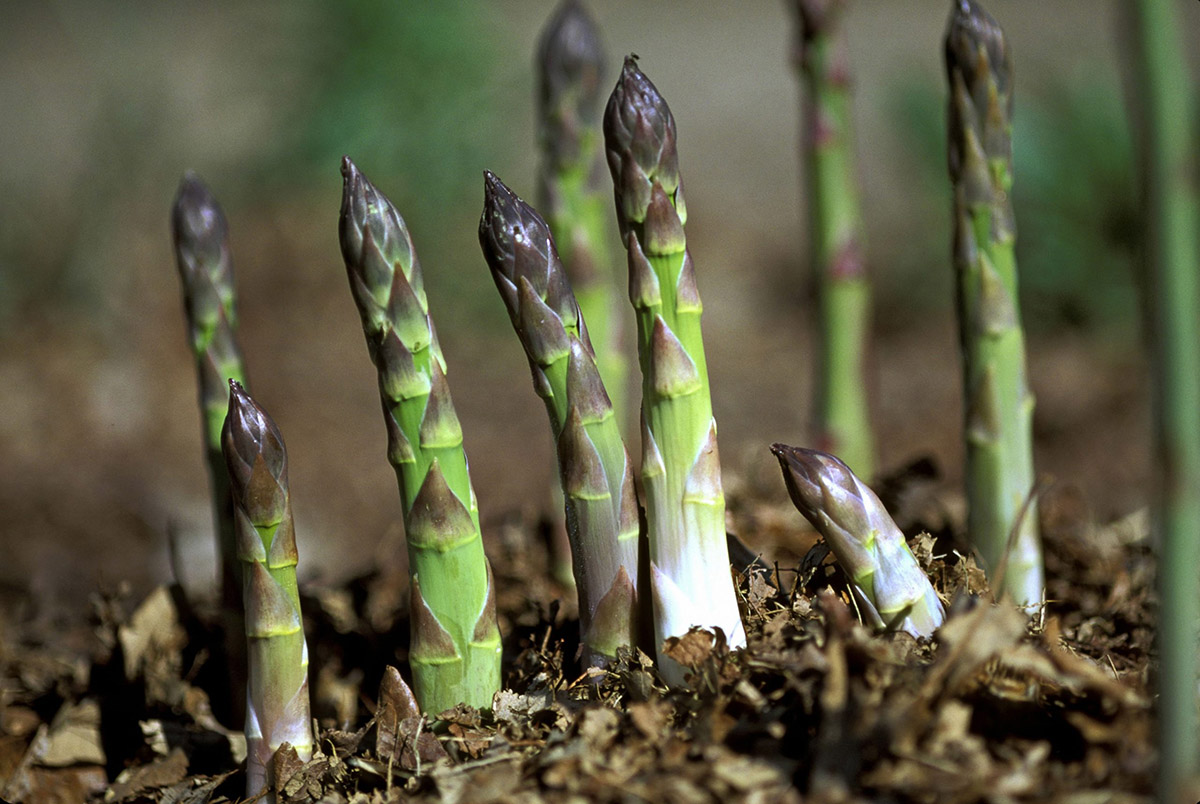
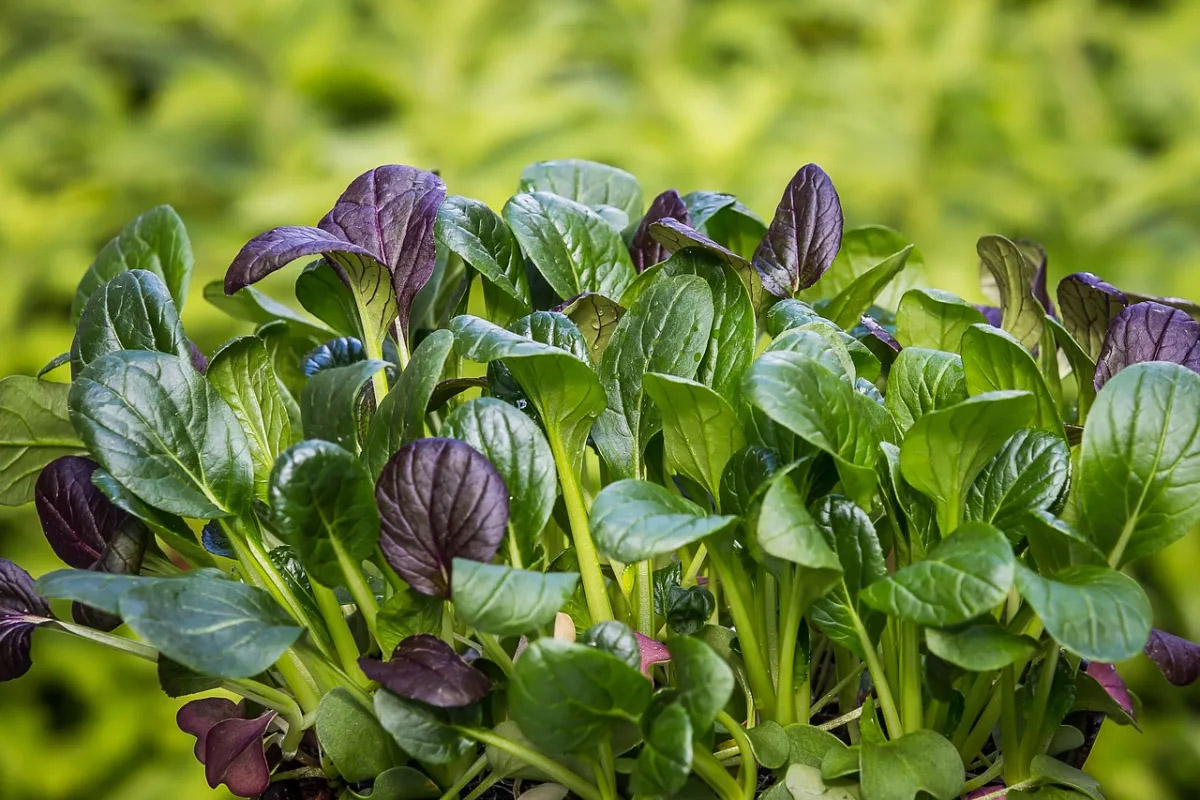
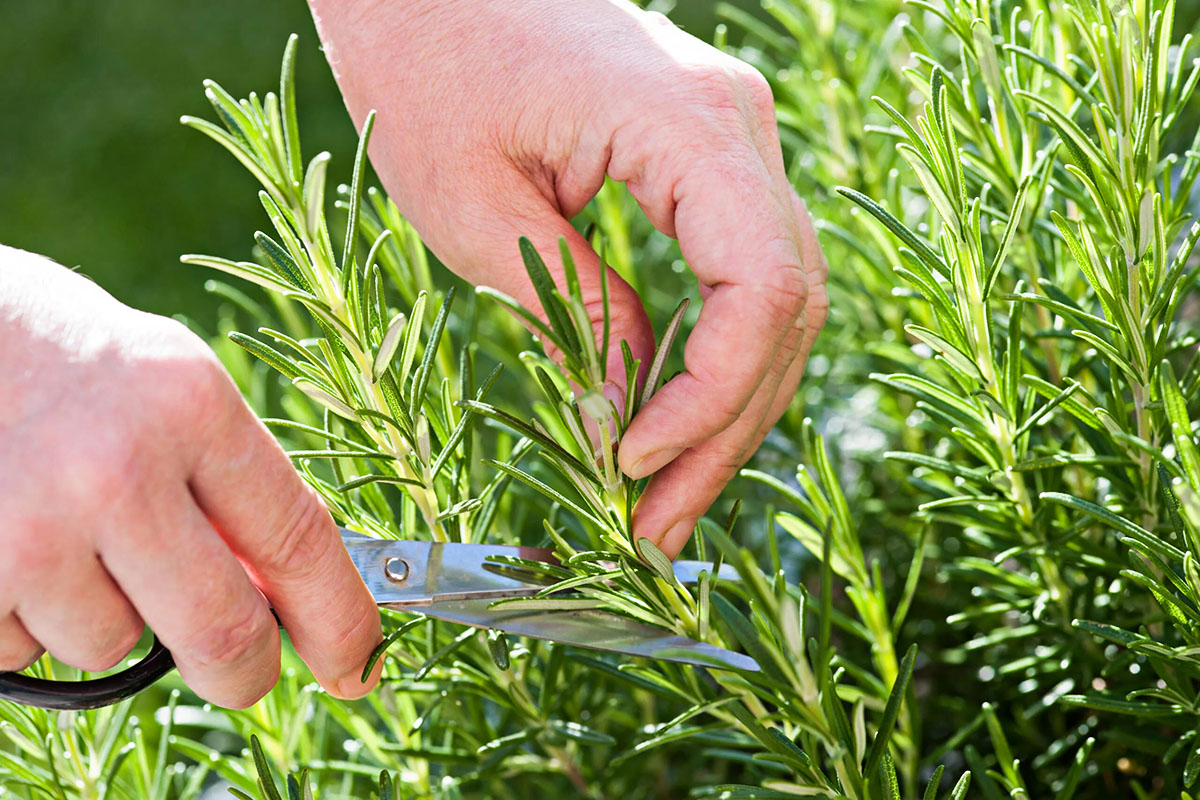

0 thoughts on “How Long Does It Take Tall Fescue To Germinate”